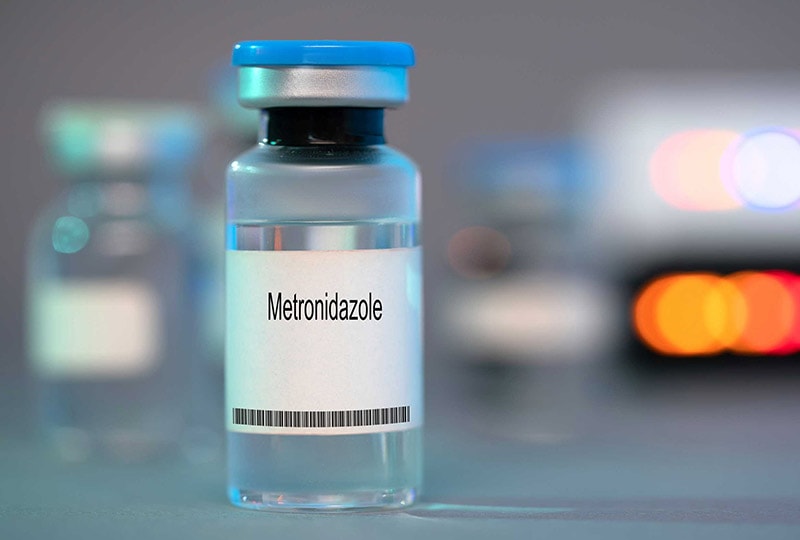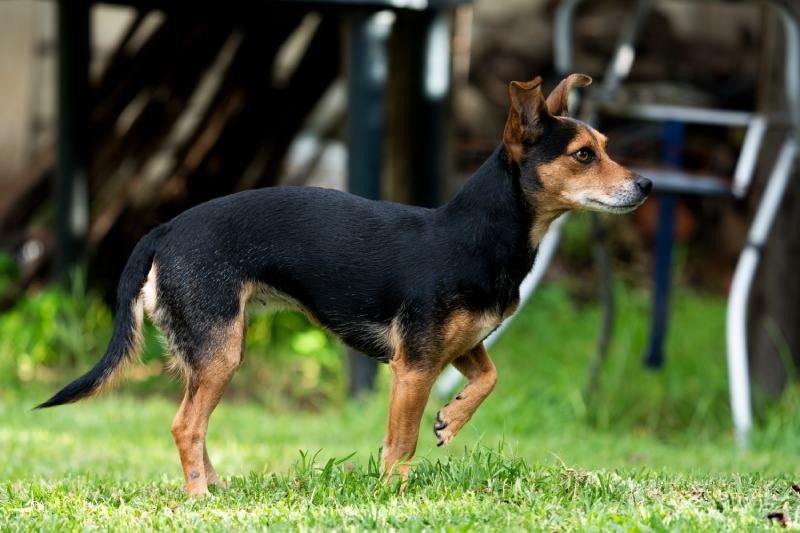My Dog Ate a Q-Tip: Here’s What to Do (Vet Answer)

Updated on
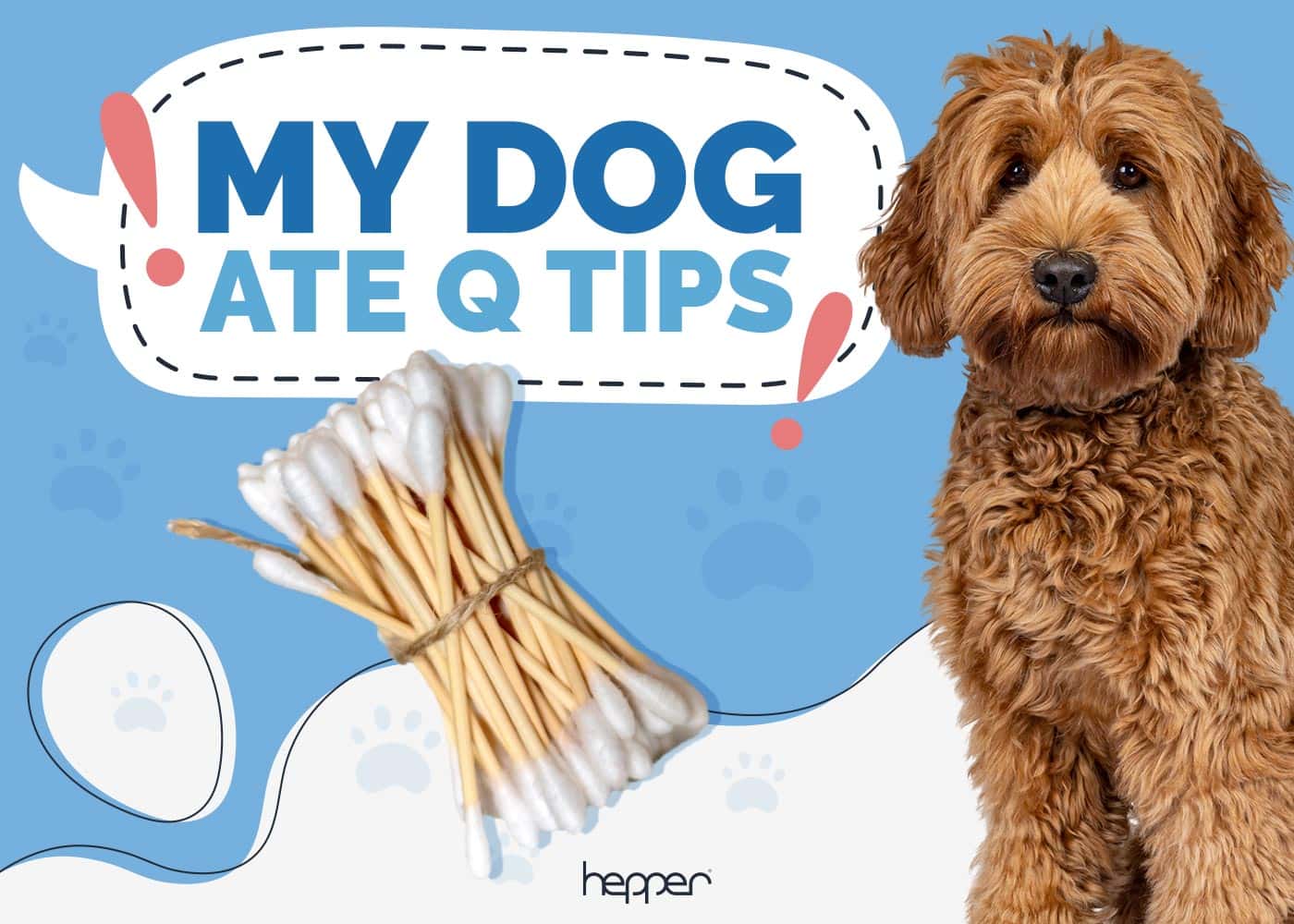
Click to Skip Ahead
If your dog swallows a Q-tip, give your vet a call as soon as possible. They may recommend that your dog gets seen straight away, depending on their breed, size, or presenting signs, or they may instruct you to closely monitor their behavior and any potential clinical signs over the next 48 hours.
If it’s been a day or so since your dog ate the Q-tip and they are not themselves, have a painful abdomen, are behaving strangely, are eating very little or nothing at all, are vomiting, or are having any issues in passing stools, they will need to see your vet straight away. Never try to induce vomiting at home, as this is not recommended or safe. Keep in mind that a Q-tip should be treated like any other foreign body that your dog swallows.
The 3 Important Considerations When Your Dog Swallows a Q-tip
It’s always an unfortunate situation when you see your dog with a foreign body in their mouth because you don’t know for sure if they will drop it or swallow it. Here’s what you can do if your dog has swallowed a Q-tip.
1. Call the Vet
If your dog has just swallowed a Q-tip or you are suspecting they have done so, give your vet a call and get their advice on what to do next. If your dog is a small breed or they have swallowed more than one Q-tip, your vet will recommend seeing them in order to make a treatment plan. Do not be fooled if your dog is feeling fine at the moment, as that doesn’t mean much. Foreign bodies may take several days to start causing issues in your dog’s digestive tract, making them feel unwell. The sooner your dog is treated by the vet, the better.
If it’s been a day or more since your dog has swallowed a Q-tip and your dog seems to be in pain, is refusing food or not keeping anything down, has diarrhea or difficulty passing feces, or has any changes in their behavior, contact your veterinarian immediately.
Unfortunately, Q-tips (paper or plastic) present a health risk because they can lead to blockage of the digestive tract, particularly if more of them have been ingested. The blockage of the stomach or intestines can happen if your dog swallows a bunch of Q-tips at once. Left untreated, this blockage can lead to intestinal damage, peritonitis, and life-threatening complications.
If your dog chews on one end of a Q-tip with a plastic stick, that end may be sharp and can damage the mouth, teeth, gums, back of the throat, and esophagus while being chewed and swallowed, as well as the lining of the stomach and intestines. In rare cases, this may even lead to further damage of the stomach and intestines, such as bleeding and/or perforation. For this reason, it is not recommended to induce vomiting at home but instead to take your dog to the vet who can go through all the possible treatment options with you.
2. Do Not Induce Vomiting
Do not induce vomiting unless recommended by your veterinarian. Q-tip sticks can be made of plastic or paper. Both can get stuck in the esophagus, but the ones with the plastic stick can injure your dog’s throat, especially if your pet has previously chewed one of the ends. Being sharp, the Q-tip can cause damage along the esophagus if your dog tries to vomit it up.
3. Monitor Your Dog’s Behavior
If your dog behaves normally and does not show any clinical signs in the next 2 to 3 days, there probably won’t be any problem.
If your dog changes their behavior, is quiet, or has no appetite, consult with your vet. They may recommend you feed them a lean or fiber diet (e.g., white rice with boiled meat, canned pumpkin, etc.) to favor the passage of the Q-tip through the digestive tract. Q-tips with paper sticks generally pass through the dog’s digestive tract without problems in most cases, unless they ate a significant amount.
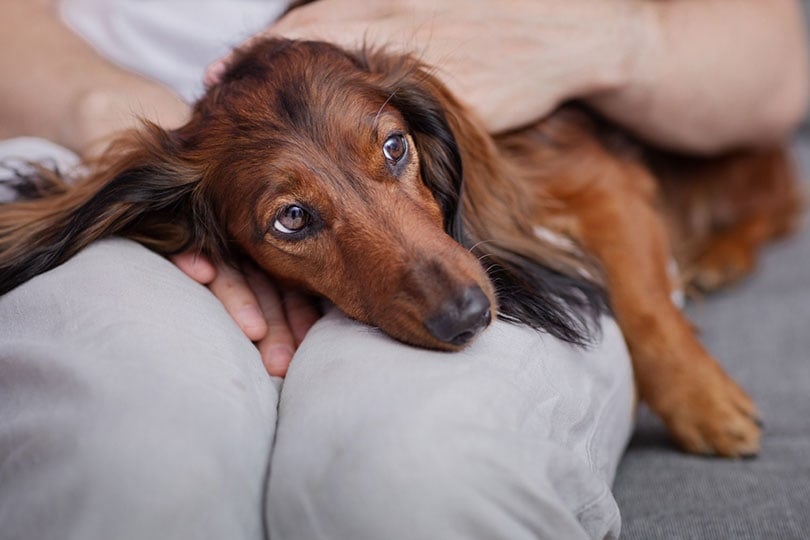
Clinical Signs That May Occur When Your Dog Eats a Q-tip
If you have a large dog breed, it is possible that they will not show any clinical signs if they swallow a Q-tip. Unfortunately, the same cannot be said about toy or small dog breeds. Essentially, your dog’s size matters when your pet swallows a Q-tip. For example, a Q-tip for a Saint Bernard wouldn’t cause the same problems that it would for a Chihuahua.
- Lethargy
- Lack of appetite (refusing food)
- Diarrhea (with blood if the Q-tip has damaged the digestive tract)
- Vomiting (with blood if the Q-tip has damaged the stomach or esophagus)
- Abdominal pain
- Bloating
If your dog shows one or more of these clinical signs, contact your veterinarian as soon as possible, as the situation can turn into a life-threatening one.
Frequently Asked Questions
When Should I Worry if My Dog Ate Something?
In general, the way that a dog reacts when they consume something that they shouldn’t varies depending on what was ingested. Broadly, for foreign bodies, dogs can present the following clinical signs: lethargy, lack of appetite, vomiting, diarrhea, constipation, abdominal pain, and bloating, but these signs generally take 1 to 2 days to develop.
Making a decision not to seek veterinary advice based on your dog seeming fine after they ate a foreign body should be seriously reconsidered. By the time your dog starts showing signs, the vet can only treat the consequences rather than try to prevent them in the first place.
If you suspect or have seen that your dog has swallowed a foreign body and shows one or more of these clinical signs, go to the vet immediately. Foreign bodies can put your dog’s life in danger. For this reason, it is recommended to contact the vet as soon as you see or suspect that your dog has swallowed a foreign body.
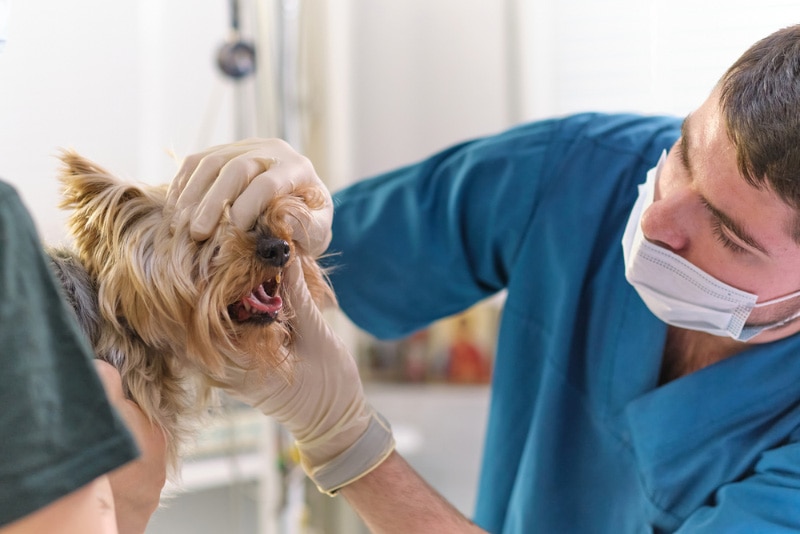
Can Dogs Pass All the Things That They Eat?
Small, smooth, and round objects may pass through your dog’s digestive tract without problems. But keep in mind that the size of your dog matters. Long, thin objects like dental floss, string, or tinsel can cause one part of the intestine to slide into another, causing severe pain and eventually intestinal necrosis and sepsis . Sharp objects can scratch and/or puncture the intestine, which can lead to internal bleeding, peritonitis, and sepsis and can put your dog’s life at risk. So, if you suspect that your dog has swallowed a foreign body, the best thing to do is to contact your veterinarian.
Conclusion
Q-tips can be dangerous for your dog if swallowed. The sticks can be made out of plastic or paper. The most dangerous for your dog are those with plastic sticks. Q-tips with paper sticks can be passed more easily, and your dog will be fine in most cases (if they are not tiny breeds or have not swallowed several Q-tips at once). These items can damage the digestive tract and lead to a gastrointestinal blockage, peritonitis and sepsis.
If your dog has swallowed a Q-tip, consult with your vet first, as your dog may need to be seen straight away based on their size and amount of Q-tips they swallowed. If that’s not necessary, the vet may recommend that you monitor your dog and see if they show any changes in their behavior in the next 2 to 3 days. However, call the vet immediately if the following clinical signs occur: lethargy, lack of appetite, diarrhea (with or without blood), vomiting, or constipation. Do not try to induce vomiting at home because you risk causing your dog more harm.
See Also:
- My Dog Ate a Cigarette Butt: Our Vet Recommends What to Do
- My Dog Ate a Hand Warmer: Our Vet Explains What to Do
Featured Image Credit: rfranca, Shutterstock




